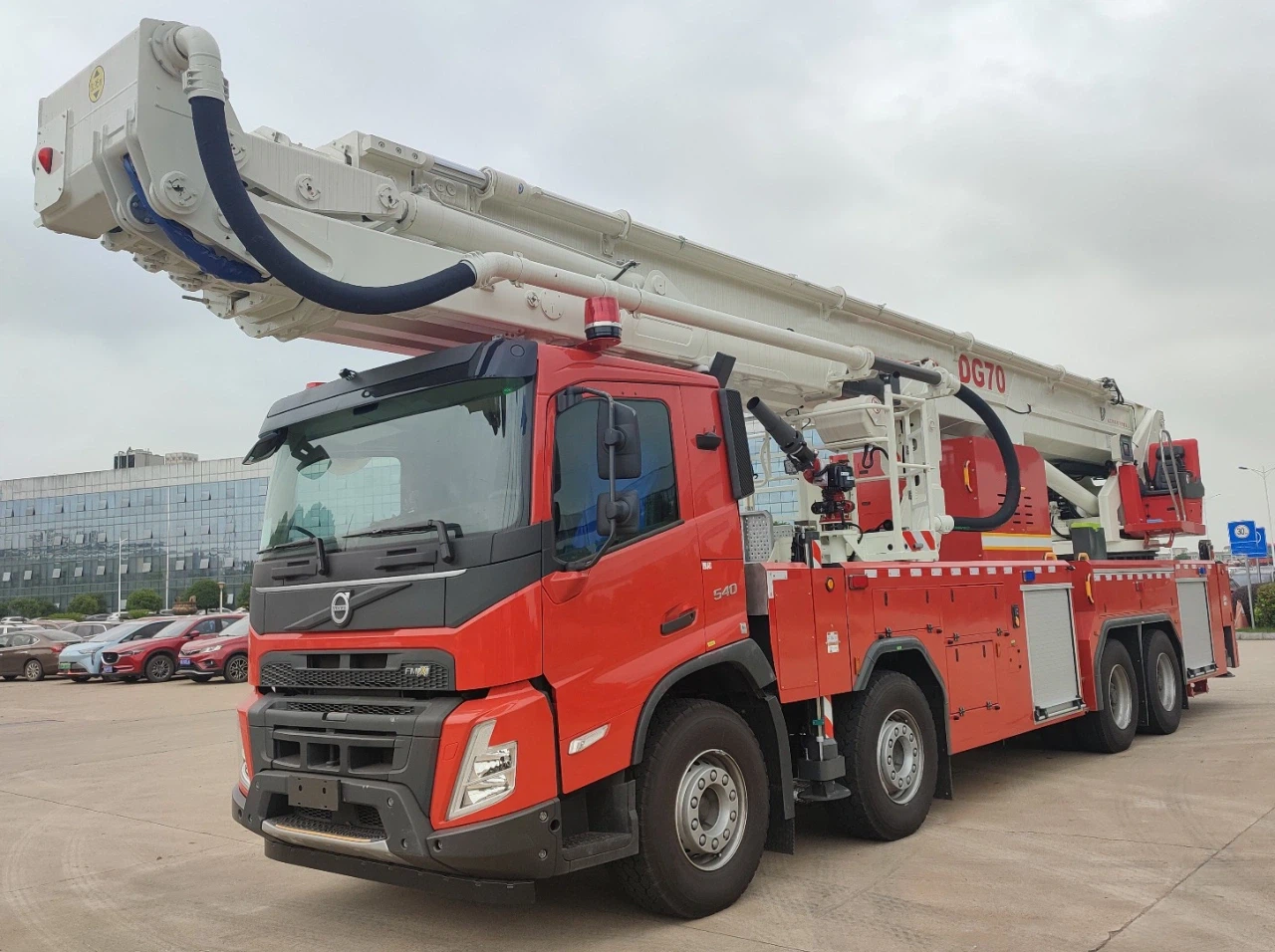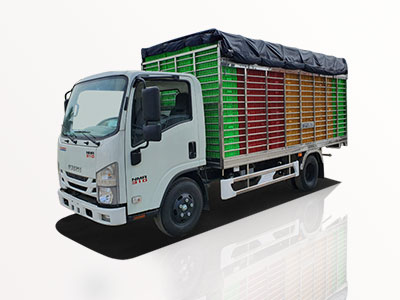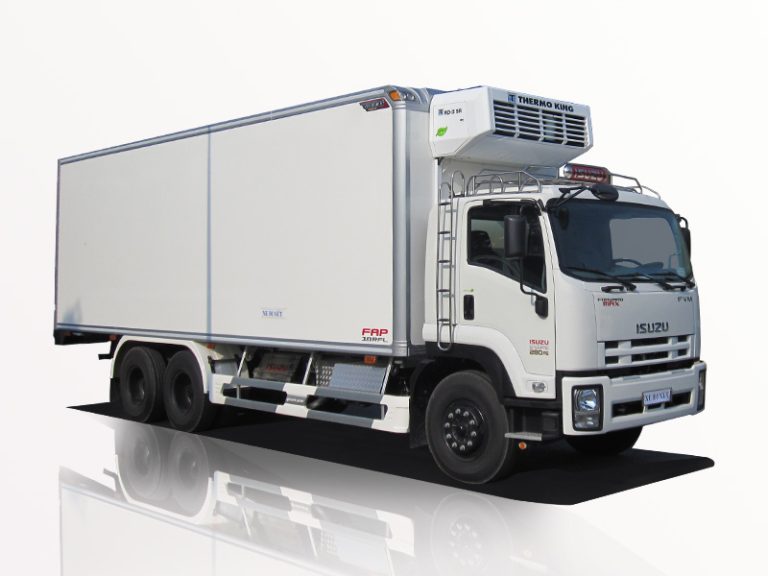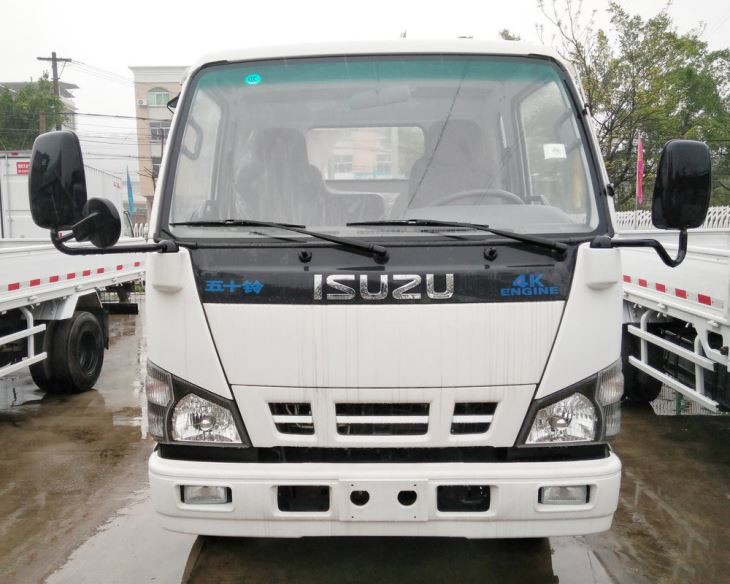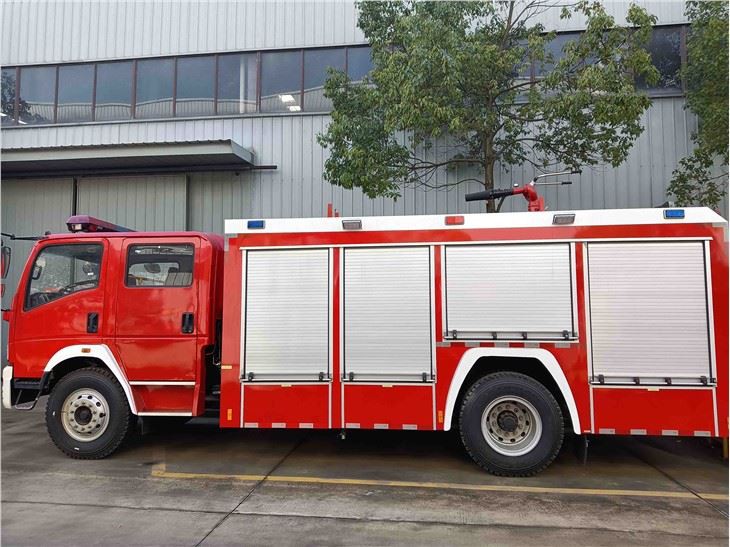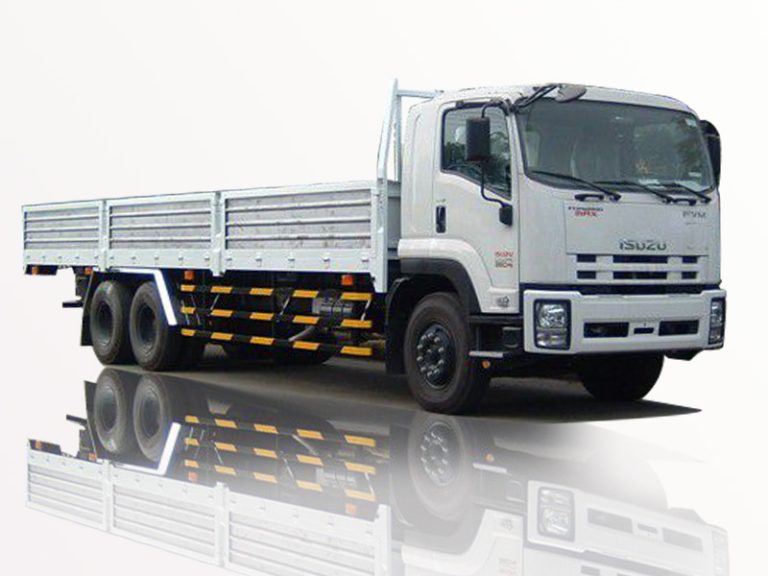Starting a food truck business is an exciting venture that comes with its own unique set of challenges. One crucial element that can determine the success of your food truck is the equipment you use, especially your fridge. This article delves deep into what to look for when selecting the right fridge for your food truck, the types of fridges available, practical tips, and much more.
Why You Need a Quality Fridge in Your Food Truck
A reliable fridge is essential for any food truck operation. It ensures food safety, maintains the quality of your ingredients, and can even affect your customer’s experience. Here’s why investing in a good fridge is vital:
- Food Safety: A refrigerator helps keep perishable items out of the danger zone (40°F – 140°F) to prevent foodborne illnesses.
- Quality Maintenance: Proper refrigeration preserves the flavor, texture, and appearance of your food.
- Efficiency: A well-functioning fridge can help streamline your workflow by keeping everything you need at your fingertips.
Types of Fridges for Food Trucks
When it comes to choosing a fridge for your food truck, there are several options available. Each type offers its own benefits and may be suited to different operational needs.
1. Commercial Reach-In Refrigerators
These upright fridges are similar to those you’ll find in restaurants. They are spacious and great for storing a large amount of food, making them ideal for food trucks that prepare a variety of dishes.
2. Under-Counter Refrigerators
Under-counter models are compact and can fit neatly beneath prep stations, maximizing your workspace. They provide easy access to frequently used ingredients.
3. Display Refrigerators
Often used to showcase food items, display fridges attract customers and can help boost sales. They work best if you have a highlight item or a signature dish.
Example:
If your food truck specializes in gourmet sandwiches, a display fridge can showcase your fresh ingredients, enticing customers to make a purchase.
4. Portable Refrigerators
These are smaller units suitable for food trucks with limited space. They can be operated on battery or by plugging into the truck’s electrical system.
5. Blast Chillers
Utilized for quick cooling of cooked food to safe storage temperatures, blast chillers are great for maintaining the quality of prepared dishes.
Key Features to Consider When Buying a Fridge for Your Food Truck
Not all fridges are created equal, especially when it comes to food truck operations. Here’s what to look for:
1. Size and Capacity
Consider your menu and the amount of ingredients you’ll need. It’s crucial to find a balance between storage capacity and the available space in your food truck.
2. Energy Efficiency
Energy-efficient models may cost more upfront but can save you money in the long run. Look for units with high energy star ratings.
3. Temperature Control
Precise temperature control is essential for food safety. Opt for fridges with easy-to-read displays and reliable temperature settings.
4. Durability
Your fridge will undergo daily wear and tear, so make sure to choose one constructed from sturdy materials that can withstand the demands of a busy kitchen.
5. Mobility
Ensure your fridge can handle the movements of a food truck. Look for units that are designed with a stable base and secure shelving.
6. Noise Level
Fridges can generate noise while operating, which can affect the atmosphere within your food truck. Look for models that operate quietly if possible.
Top Brands of Fridges for Food Trucks
When investing in a commercial fridge for your food truck, consider brands known for their reliability and performance. Here’s a list of some of the most trusted brands:
| Brand | Type | Notable Feature |
|---|---|---|
| True | Reach-In | Energy-efficient, durable build |
| Turbo Air | Under-Counter | Compact design, high efficiency |
| Hoshizaki | Display | Attractive design, reliable cooling |
| RUBA | Portable | Designed for mobility, lightweight |
| Avantco | Blast Chiller | Fast cooling, user-friendly controls |
Setting Up Your Fridge for Optimal Use
Once you’ve selected the right fridge, it’s time to set it up for optimal operation.
1. Proper Placement
Choose a location that maximizes airflow around the fridge and allows easy access to ingredients. It should not be placed next to a heat source.
2. Organizing Your Ingredients
Use bins or containers to categorize ingredients, making it easier for your staff to find what they need quickly.
3. Regular Maintenance
Keep the fridge clean and check seals and gaskets regularly to ensure optimal performance. Schedule periodic deep cleans.
Tip:
Label items with dates to keep track of freshness and minimize waste.
Cost Considerations When Buying a Fridge for Your Food Truck
The price of fridges can range significantly based on size, brand, and features. Here’s a breakdown of what to expect:
| Type of Fridge | Price Range | Longevity |
|---|---|---|
| Reach-In | $2,500 – $8,000 | 10 – 15 years |
| Under-Counter | $1,000 – $3,000 | 7 – 10 years |
| Display | $1,500 – $6,000 | 8 – 12 years |
| Portable | $200 – $1,000 | 5 – 7 years |
| Blast Chiller | $3,000 – $10,000 | 10 – 15 years |
Understanding Local Health Regulations
When operating a food truck, adhering to health codes is crucial. Many regions have strict guidelines about food storage, including temperature regulations.
1. Research Local Laws
Familiarize yourself with your local health department’s regulations on food storage and the types of refrigeration units permitted in food trucks.
2. Obtain Necessary Permits
Ensure that your fridge complies with all necessary building codes and operational permits. Failing to comply can result in fines or forced closure.
3. Regular Inspections
Be prepared for regular inspections to ensure your food truck is operating within health and safety regulations. Keep your fridge and other equipment maintained and clean to pass these checks.
Common Issues with Food Truck Fridges and How to Solve Them
Even the best fridges can face issues. Here are some common problems and potential solutions:
1. Temperature Fluctuations
If your fridge isn’t maintaining a consistent temperature, check the door seals for wear and tear. Ensure that it is not overfilled, as this can hinder airflow.
2. Noisy Operation
If your fridge is making unusual noises, it could be due to a malfunctioning fan or compressor. Check the manual for troubleshooting tips or consult a professional.
3. Ice Build-Up
Icing can prevent proper cooling. Regularly defrost your fridge or check the defrost timer to ensure it’s functioning correctly.
Frequently Asked Questions
1. How do I choose the right size fridge for my food truck?
Consider your menu and how much food you need to store. Measure the space in your truck to find a fit without sacrificing workspace.
2. Are portable fridges worth it for food trucks?
Yes, portable fridges can offer flexibility and space-saving options if your food truck has limited room or requires items to be stored on the go.
3. How can I maintain my fridge to make it last longer?
Regular cleaning, checking seals, and ensuring adequate airflow will keep your fridge running efficiently and extend its lifespan.
4. Can I buy a used fridge for my food truck?
Yes, but make sure to check the condition and ensure it meets local health codes. It’s wise to have it inspected before purchase.
5. What is the best temperature to keep my fridge set at?
Ideally, your fridge should be set to below 40°F to keep food safe and prevent spoilage.
6. Do I need a special fridge for different types of food?
Different foods have varying storage requirements. For instance, dairy needs a colder setting compared to produce. Consider specialized fridges if your menu requires them.
